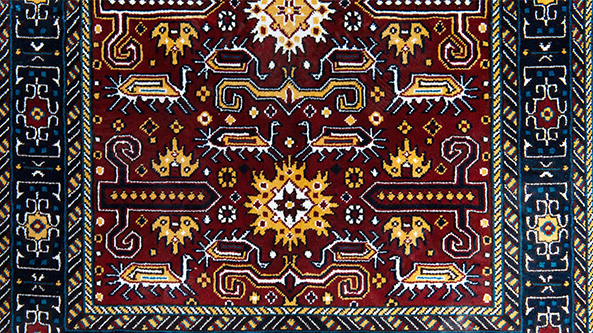Turkish Rugs

The Turkish rug label is both an all-encompassing and obscure term. There are many variations, which we will dive into in this article. Patterns differ depending on the situations in which they were created, and there may still be more to discover. We will now look into the details and background of Turkish rugs.
Turkish Rug History
Or at least, we will see what history is known. The most primitive carpet of its kind, which was presumably made by the Turkish people, is thought to be from somewhere between the third and fifth century. New things are being discovered every day though, and it may not be the oldest carpet in existence. The word Turkish can be misleading, as it is really thought to include all of the carpets from the ottoman empire, as of the 12thcentury. Many early designs were brought by wanderers from central Asia as they moved west.
How a Turkish Rug Looks Like
The unified word, “Turkish”, holds traces of Byzantine, Armenian, and various other clan’s cultures with their shapes and scenes. The carpet is created mostly of cotton and wool, though silk is now used, as well. The rug generally is knotted in the Turkish style, featuring a proportional knot, as of the 13th century. Many pictures are featured on the rugs, to reflect the current life of the makers.
NYCleaners is always happy to help with special works of art like Turkish rugs.
Read about Afshar Rugs
This type of Turkish rug is made with pride and care by the Afshar tribe. They use wool from their own animals in the process, which adds so much value and culture. These rugs work well for walls or flooring, and are quite rare.


